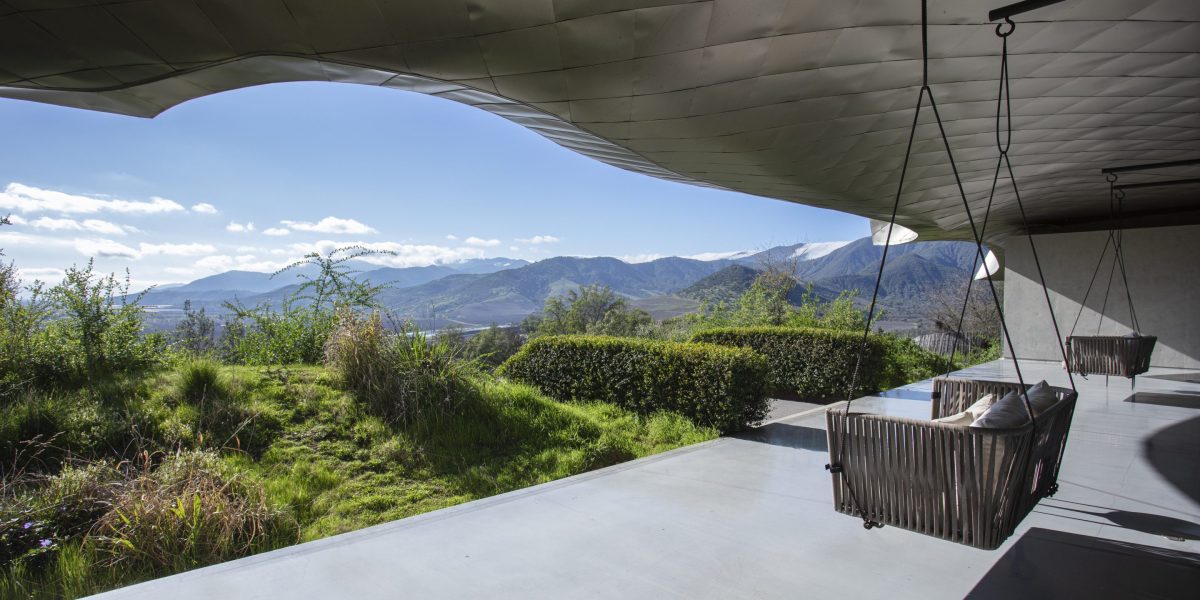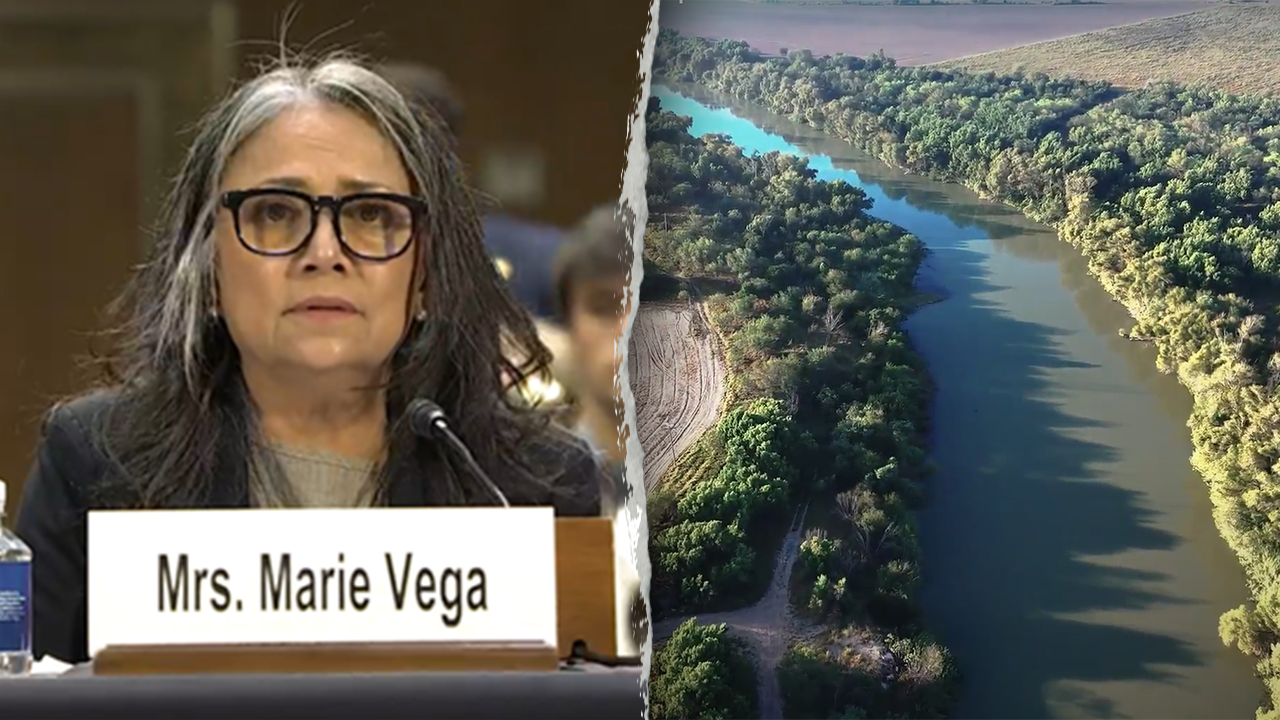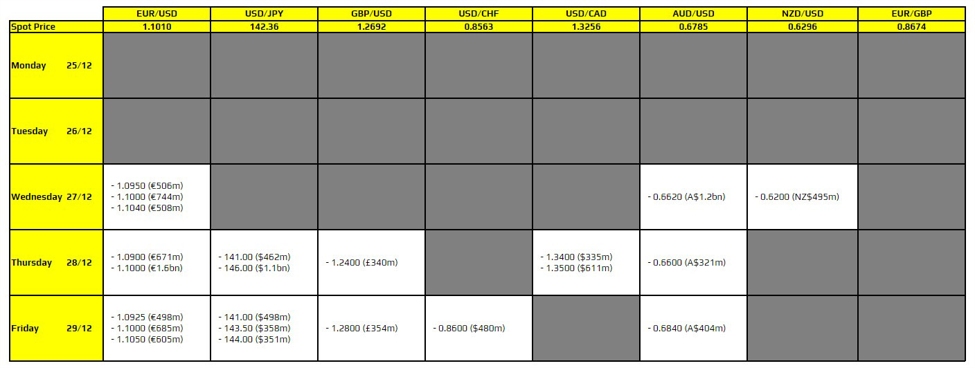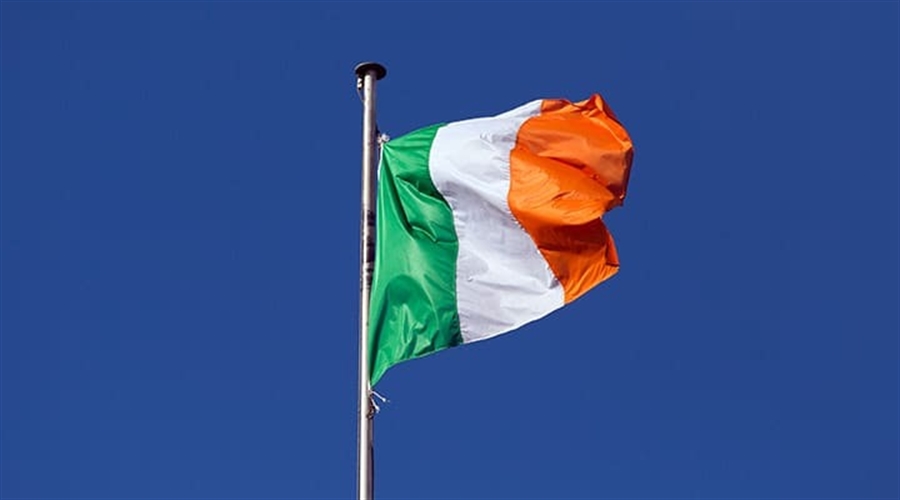The origin story of Stonevik—the latest introduction from VIK Winery, a pioneering winery neighbored by its sister hotel in central Chile—is rooted some 3,000 feet above sea level, in a mountaintop forest between the Andes and the Pacific, amidst a circle of century-old oak trees. Here, in amphorae handcrafted from clay sourced from the Vik estate and half-buried in the earth, the wine ages, untouched by human hands—culminating in a literally groundbreaking blend Vik bills as “the ultimate natural wine, crafted by nature, in nature.”
Stonevik marks a new milestone in Vik’s quest to become one of the world’s most renowned wineries—a passion project that began in 2004 when its owners, Norwegian investor and entrepreneur Alexander Vik and his wife, Carrie, embarked on a wildly ambitious mission.
“We put together a scientific team with the objective of finding one of the best terroirs in the world, to make some of the best Bordeaux-style red wines in the world,” says Alexander Vik.
That epic two-year search ultimately led to the Millahue Valley, nestled in the foothills of the Andes within the greater Cachapoal Valley, a hundred miles south of Santiago. In 2006, the Viks purchased an 11,000-acre swath of virgin wilderness there called Lugar de Oro (“Golden Place”) by the area’s indigenous Mapuche people—perhaps a reference to how the rose-hued horizon shimmers just above the surrounding hills at dusk.

Courtesy of Vik Retreats
More than two decades since the seeds of the Viks’ idea were first sown, this enchanting hinterland has steadily evolved into an oenophile’s Xanadu, seemingly worlds away from civilization, where winemaking, art, and architecture converge with exuberant nature. The addition of Stonevik to Vik’s award-winning lineup gives wine lovers another reason to visit.
Vik’s terroir encompasses a pristine landscape composed of 12 valleys, each with its own microclimate and distinct exposures, and all cooled by Pacific coastal breezes and winds from high in the Andes. With the expert guidance of chief winemaker Cristián Vallejo, whom the Viks hired to oversee Vik’s viticulture and viniculture, a thousand acres of Cabernet Sauvignon, Carménère, Syrah, Cabernet Franc, and Merlot were planted.
“We knew that this terroir was truly exceptional,” Alexander Vik continues, “and that if we did things correctly, we could produce wines that would enter the pantheon of the world’s great wines.”
The next order of business was to build a winery. In 2007, the Viks launched a global competition to tap the brightest minds in the business; renowned Chilean architect, Smiljan Radic, won with an avant-garde design that minimizes impact on the landscape and champions sustainability. The white stretched-fabric roof resembles a wing, whose translucence eschews the need for artificial light in the daytime. A sloping plaza fronts the entrance, where running water trickles toward the glass-walled building beneath a striking river rock installation, naturally cooling the cellar below. Walkways crosshatch the sprawling space, immersing visitors in a stunning tableau that is both organic and otherworldly.

Courtesy of Vik Retreats
Inside, most of the building lies underground to maximize natural insulation and conserve energy. Rows of amber-lit barrels stacked three high flank an aisle leading to the tasting room, where an accent wall displays a mélange of gold-toned metal shards that appear to hover in midair like a grand mobile, an arresting homage to the Mapuche’s moniker for the region’s natural grandeur.
The winery’s light footprint dovetails with Vik’s holistic winemaking philosophy. Guided by a steadfast commitment to environmental stewardship, Vik embraced a virtually no-intervention approach from the outset, using only native yeasts and no additives or filtration. All grapes are harvested at night, when they’re at their lowest temperature, to preserve their quality and acidity. These measures (and many others) ensure the purest expression of Vik’s terroir.
In 2014—a year before Vik’s first commercial wine, a 2010 vintage of its eponymous flagship blend, entered the market—VIK Chile opened its doors, completing Vik’s metamorphosis into a world-class escape. (The Viks opened their first hotel, Estancia Vik, in Uruguay in 2009; the Vik Retreats portfolio now includes two other Uruguayan outposts and a hotel in Milan.) Perched on a hill with panoramic views of the winery, the vineyards, and the valley beyond, the luxury hotel—whose free-form bronzed titanium roof seems to undulate in the unrelenting sun—is arguably the country’s most iconic getaway, and a dazzling complement to the winery.

Courtesy of Vik Retreats
Contemporary art, the Viks’ other prevailing passion, informs every inch of the hotel. The couple recruited a slew of artists to design the 22 themed suites, whose floor-to-ceiling windows frame Millahue’s jaw-dropping vistas. “Vicky Money” features a bathroom adorned with 50,000 one-euro-cent coins, while a replica of Dali’s iconic Mae West “Lips” sofa commands attention in “Valenzuela,” a riot of color with a Mondrian-inspired floor. A central courtyard—where a Zen garden presides over a border of vibrant blooms—celebrates the natural world, and common spaces showcase unique works by artists including German painter and sculptor Anselm Kiefer and Chilean painter Roberto Matta. Puro Vik, a collection of seven stand-alone glass bungalows with themes ranging from holographic art to 18th-century France, and with bathrooms that each feature a different marble, comprise the newest accommodations.
Vik’s vintages join forces with elevated cuisine at Milla Milla, the hotel’s glass-walled signature restaurant, where dishes like grilled red octopus with potato foam and duck magret with blueberry sauce earn raves. La Huerta, an alfresco eatery in the property’s two-acre organic garden, makes an idyllic lunch spot, thanks to plates beautifully composed of 250 varieties of fruits, vegetables, herbs, and eggs, topped with edible flowers. Activities like horseback rides through the vineyards and birdwatching walks along mountain trails can be easily arranged for guests—a well-heeled, international mix of couples, families, and wine enthusiasts—while winery tours and tastings loom large in the Vik experience.
Since Vik’s founding, the endlessly complex, ever-evolving relationship between wine and nature has fueled its winemaking—an ongoing journey most recently manifested in Stonevik. In 2018, Vik became an entirely circular winery, meaning every element used in its production comes from the property—including its barrels, which were previously sourced from France. Winemaker Vallejo began crafting Vik’s own barrels with French oak staves, toasting them with 300-year-old Chilean oak that had fallen within the reserve to integrate the terroir directly into the wood—a process he dubbed “barroir.” In 2023, he approached the Viks with an idea to take the circular concept a step further.

Courtesy of Vik Retreats
“Circular wine normally means growing and harvesting grapes on your land and aging the wine in your winery, but no one had yet returned to nature to close the circle,” he recalls. “I suggested we create a wine and take it in amphorae up to the forest, to let it be their guardian and help us age it.” Intrigued, the Viks agreed.
When Vallejo happened upon the ring of oak trees—a relative anomaly in nature—during his search for the perfect location for this new venture, he felt an energy he couldn’t identify. He summoned a geologist to investigate what, if anything, was happening below ground; the geologist subsequently determined that a fault line intersected with a water vein in the circle’s center. That nexus created a natural electromagnetic field that generates a kind of circular pulse, which Vallejo says explains the trees’ unusual growth.
He then consulted a machi (a traditional healer in Mapuche culture), who identified the energy point’s exact location with no knowledge of the geologist’s findings; and an astronomer, who advised how best to arrange the amphorae within the circle to optimally align with the sun, moon, and stars. After a month in Vik’s “barroir” barrels, the wine—a blend of Cabernet Franc, Cabernet Sauvignon, and Carménère—rests in seven amphorae in the forest enclave until December 21, the summer solstice in the Southern Hemisphere, when it is bottled and ready for sale. Annual production is limited to 800 cases, given the small capacity of its unique aging process.

Courtesy of Vik Retreats
Stonevik joins three other flagship wines—Vik (its premier blend), Milla Cala, and La Piu Belle—in Vik’s production. Its 2023 and 2024 vintages each earned 98 points from leading wine critic James Suckling—a notable achievement for a wine aged less than one year with no intervention.
As for the future, Alexander Vik is optimistic.
“We’re way ahead of our expected timeline for the vineyard and the winemaking,” he says. “Each vintage is better than the prior one, as the vines become more established and more capable.”
Vallejo’s take befits an unlikely tale that began in an untouched, aureate wilderness, and that continues to unfold.
“I think of our wines as a book: Every glass is a chapter, every sip is a page,” he says. “They really tell the story of this terroir. When you connect with our wines, you can follow this story, and in every glass—every sip—you feel something different.”















